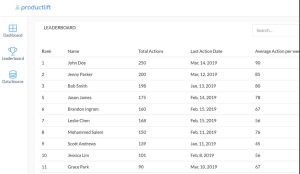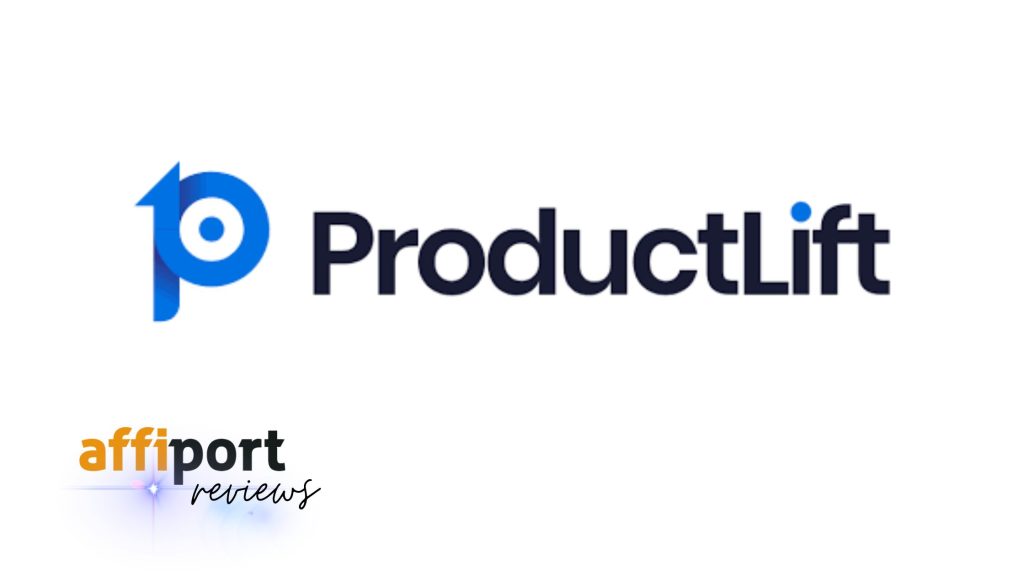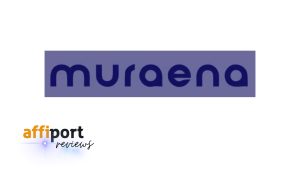“Productlift” is a dynamic tool designed to enhance the efficiency and effectiveness of product management teams. It integrates seamlessly with existing workflows, providing real-time analytics and insights that help drive decision-making.
The platform’s intuitive interface allows for easy tracking of product performance, market trends, and consumer feedback. With “Productlift,” teams can prioritize features based on data-driven insights, optimizing resource allocation.
The tool also facilitates collaboration across departments, ensuring that all stakeholders are aligned with the product vision and goals. Customizable dashboards offer a tailored view of key metrics, making it simple to monitor progress and identify areas for improvement.
“Productlift” supports agile development methodologies, enabling faster iterations and continuous delivery. Security is a top priority, with robust measures in place to protect sensitive data. Overall, “Productlift” empowers product teams to innovate more effectively, turning ideas into successful outcomes. This solution is ideal for organizations aiming to stay competitive in rapidly changing markets.

Table of Contents
ToggleKey Features of Productlift
Real-Time Analytics:
Offers immediate insights into product performance, market trends, and user engagement.
Data-Driven Decision Making:
Facilitates prioritization of features and initiatives based on robust data analysis.
Intuitive User Interface:
Designed for ease of use, allowing teams to quickly navigate and utilize the tool effectively.
Collaboration Tools:
Enhances communication and coordination across different teams and departments.
Customizable Dashboards:
Users can tailor dashboards to focus on metrics that are most relevant to their specific needs.
Agile Project Management:
Supports agile methodologies, promoting rapid iterations and continuous product improvement.
Feedback Integration:
Seamlessly incorporates customer feedback into the product development process.
Resource Optimization:
Helps in allocating resources efficiently to maximize productivity and reduce waste.
Security Features:
Implements advanced security protocols to safeguard sensitive data and comply with industry standards.
Scalability:
Adapts to the growing needs of businesses, supporting them as they expand.
Pros of Productlift
Enhanced Productivity:
By streamlining workflows and providing tools for effective project management, “Productlift” helps teams accomplish more in less time.
Informed Decision-Making:
Access to real-time data and analytics ensures that decisions are based on the latest information, reducing risks and enhancing outcomes.
Improved Collaboration:
The platform’s collaboration tools facilitate better communication and alignment across teams, which is crucial for successful product development.
Customer-Centric Development:
Integration of customer feedback directly into the development process ensures that products are more aligned with user needs and expectations.
Customization:
The ability to customize dashboards and reports allows teams to focus on what’s most important, tailoring the tool to fit their unique requirements.
Agility:
Supports agile development practices, enabling teams to be more responsive to changes and to iterate quickly on product features.
Resource Efficiency:
Helps in optimizing the use of resources, ensuring that efforts are directed towards high-impact activities and features.
Scalability:
As organizations grow, “Productlift” scales to meet increased demands without sacrificing performance or usability.
Data Security:
Strong security measures protect sensitive information, making it a reliable choice for companies concerned with data integrity.
Market Responsiveness:
By keeping a pulse on market trends and consumer feedback, “Productlift” helps companies stay competitive and responsive to market dynamics.
Cons of Productlift
Learning Curve:
New users may find the interface and multitude of features overwhelming, requiring a period of adjustment and training.
Cost:
Depending on the pricing model, “Productlift” might be a significant investment, especially for smaller companies or startups with limited budgets.
Integration Complexity:
Integrating “Productlift” with existing systems and workflows can be complex and time-consuming, particularly for organizations with legacy systems.
Over-reliance on Data:
While data-driven decision-making is beneficial, there can be a tendency to over-rely on analytics, potentially overlooking qualitative insights and human intuition.
Feature Overload:
The extensive features and customization options might lead to clutter and confusion, detracting from user experience if not well managed.
Dependence on Technical Support:
Users may become dependent on “Productlift’s” technical support for troubleshooting and optimizations, which could be a bottleneck if support is not responsive or effective.
Performance Issues:
With extensive features and data processing demands, there might be performance issues, especially if not optimized for larger teams or datasets.
Privacy Concerns:
Handling sensitive data requires stringent security measures, and any lapses could lead to privacy concerns or breaches.
Adaptation Resistance:
In some organizational cultures, there might be resistance to adopting new tools, especially from teams accustomed to traditional methods of product management.
Regular Updates:
Continuous updates and changes to the platform could disrupt workflows and require frequent retraining for teams to stay updated.
Alternatives of Productlift
ClickUp:
Known for its versatility, ClickUp offers tools for task management, document sharing, and real-time collaboration, making it a comprehensive platform for managing all aspects of a product lifecycle.
Nifty:
This tool is appreciated for its project management capabilities, which include milestone tracking, task assignments, and progress reporting, all aimed at enhancing team productivity and project transparency.
Asana:
A popular choice among product teams, Asana facilitates task management, workflow streamlining, and goal setting, helping teams stay organized and aligned.
UserVoice:
Specializes in gathering and analyzing customer feedback, UserVoice helps product teams prioritize feature requests and improve user engagement through better understanding of customer needs.
UseResponse:
An all-in-one customer support tool, UseResponse offers features for feedback collection, knowledge management, and community building, which are essential for responsive product development.
Fider:
A platform focused on gathering and prioritizing community feedback, Fider enables companies to engage with their users and make informed product decisions based on direct user input.
Appsumo Productlift
FAQ
Q: What is ProductLift used for?
A: ProductLift is primarily used as a feedback management system. It helps product managers and teams at technology companies to centralize, organize, and prioritize customer feedback effectively.
Q: How does ProductLift support GDPR compliance?
A: ProductLift complies with GDPR regulations, ensuring that all services adhere to the necessary data protection and privacy standards required in the industry.
Q: Can ProductLift integrate with other tools?
A: Yes, ProductLift offers integration capabilities with various tools such as Jira, Slack, Amazon SES, and more, allowing it to seamlessly fit into existing workflows.
Q: Is there a trial version available for ProductLift?
A: ProductLift typically offers a trial version, allowing users to test the features before committing to a subscription. Details can be found on their official website or by contacting their sales team.
Q: What are the pricing plans for ProductLift?
A: ProductLift offers several pricing tiers, starting from a basic plan suitable for smaller teams, with more comprehensive plans catering to larger organizations with advanced needs.
Q: How does ProductLift handle user feedback?
A: ProductLift collects user feedback through various channels, organizes it, and allows teams to prioritize it based on detailed insights and analytics. This helps in making informed decisions about product development.
Q: What languages does ProductLift support?
A: ProductLift supports multiple languages, and if a specific language is not available, they can add it within a week upon request.
Q: What kind of customer support does ProductLift offer?
A: ProductLift provides customer support through various channels including email, live chat, and a comprehensive knowledge base.
Q: Can ProductLift be customized?
A: Yes, ProductLift offers extensive customization options including white labeling, custom domains, and the ability to adjust features to fit specific business needs.
Q: What makes ProductLift unique compared to other feedback tools?
A: ProductLift stands out due to its comprehensive set of features designed specifically for product management, including roadmap visualization, feedback prioritization, and integration capabilities, all aimed at enhancing product development processes.
Visit WP Plugin







